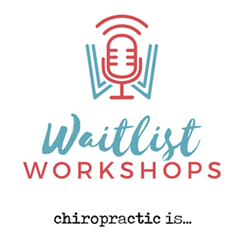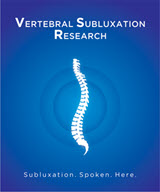New Research on Dystonia & Chiropractic

Recent research reported in the Journal of Pediatric, Maternal & Family Health – Chiropractic, described a 14-year-old female suffering from involuntary muscle spasms, neck pain, and torticollis. This report includes a review of the literature supporting the role of chiropractic in children suffering from this movement disorder and calls for more research in this area.
CLICK HERE to review the research
“Numerous case studies and some clinical studies are revealing that there is a relationship between abnormalities in the spine, the nervous system and the various problems children suffer from such as cervical dystonia” stated Dr. Matthew McCoy, a chiropractor, public health researcher and editor of the journal that published the study. “These types of structural shifts in the spine can obstruct the nerves involved therefore resulting in abnormal motion and function. By removing the structural shifts, chiropractic helps improve nerve supply, range of motion, and function.”
According to researchers the nervous system controls and coordinates all functions of the body and structural shifts in the spine can occur that obstruct the nerves and interfere with their function.
The 14-year-old female reported on in the study had been suffering from involuntary muscle spasms, neck pain, and torticollis for at least a year. As her condition worsened, she began to experience headaches in addition to a noticeable head tilt and twisting in the neck. Dealing with the pain was difficult and she became anxious, withdrew socially and was unhappy with her appearance. Medications and injections did not help her.
The chiropractor examined her and found structural shifts in her neck and upper back. Abnormal muscle tension was noted in the neck and upper back causing a head tilt. Other findings included a decrease in neck range of motion and pain with orthopedic testing. X-rays and MRI confirmed these findings. These structural shifts can lead to obstruction of the nerves and it is this obstruction, called vertebral subluxations, that chiropractors correct.
Following chiropractic care, she experienced complete resolution of the muscle tension, pain, and headaches. She had significant changes to her posture and overall was very happy with her outcomes.
The study’s author called for additional research to investigate the clinical implications of chiropractic in this population.
Contact Information:
Matthew McCoy DC, MPH
Journal of Upper Cervical Chiropractic Research
http://www.uppercervicalsubluxation.com
support@vertebralsubluxationresearch.com

Blogs
- The Chiropractic Cartel: A Look Back at Bias in Accreditation and its Imact on Today's Profession
- Inside Montana's Chiropractic Monopoly: ACA & MCA's Brazen Board Takeover
- Concerns Grow About Control of the NY State Chiropractic Board by the ACA - Use of X-ray in NY Under Threat
- Reproductive Health Information and Chiropractic Care: Navigating New Privacy Regulations
- Navigating Substance Use Disorder (SUD) Consent: What Chiropractors Need to Know













